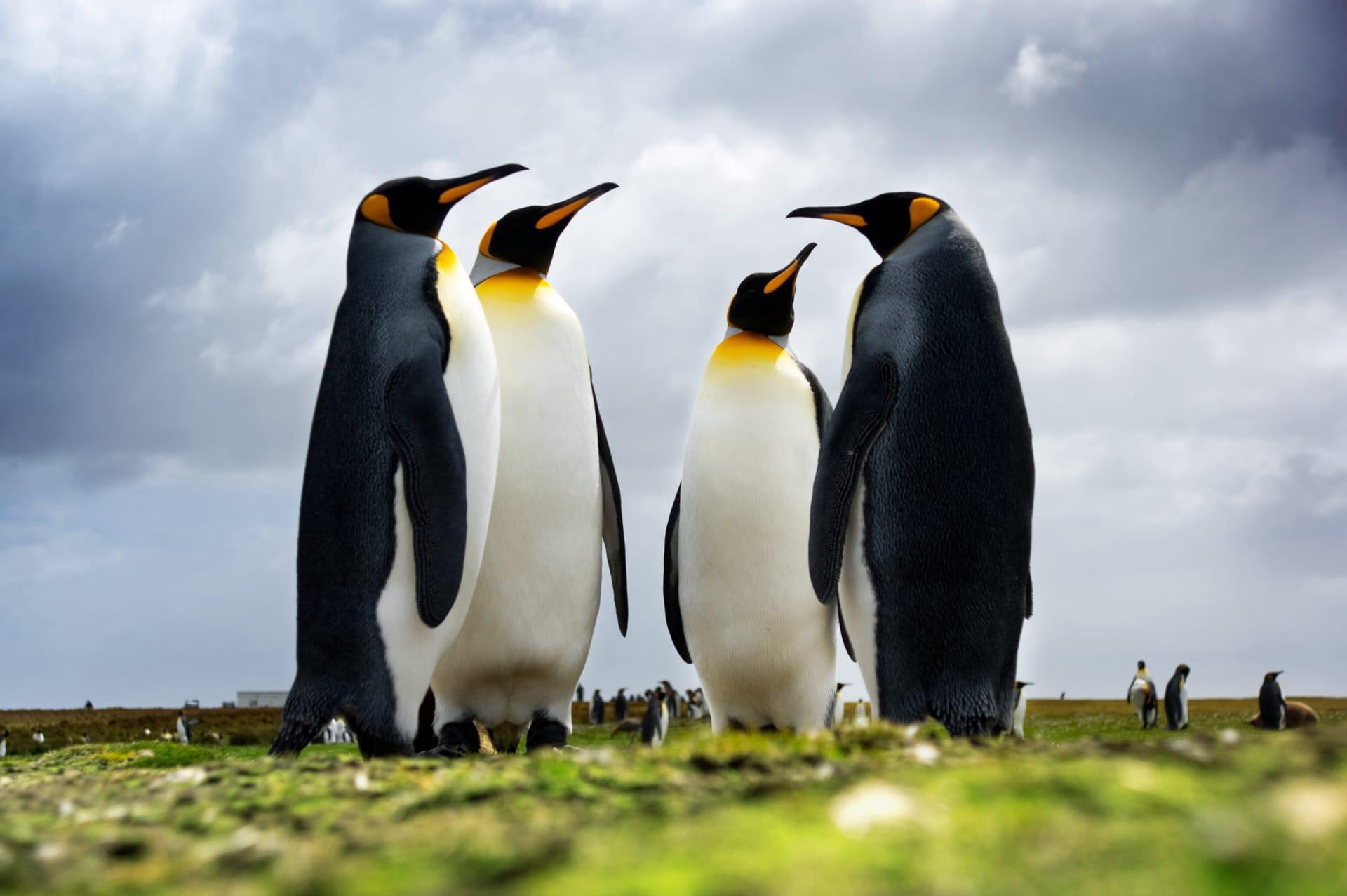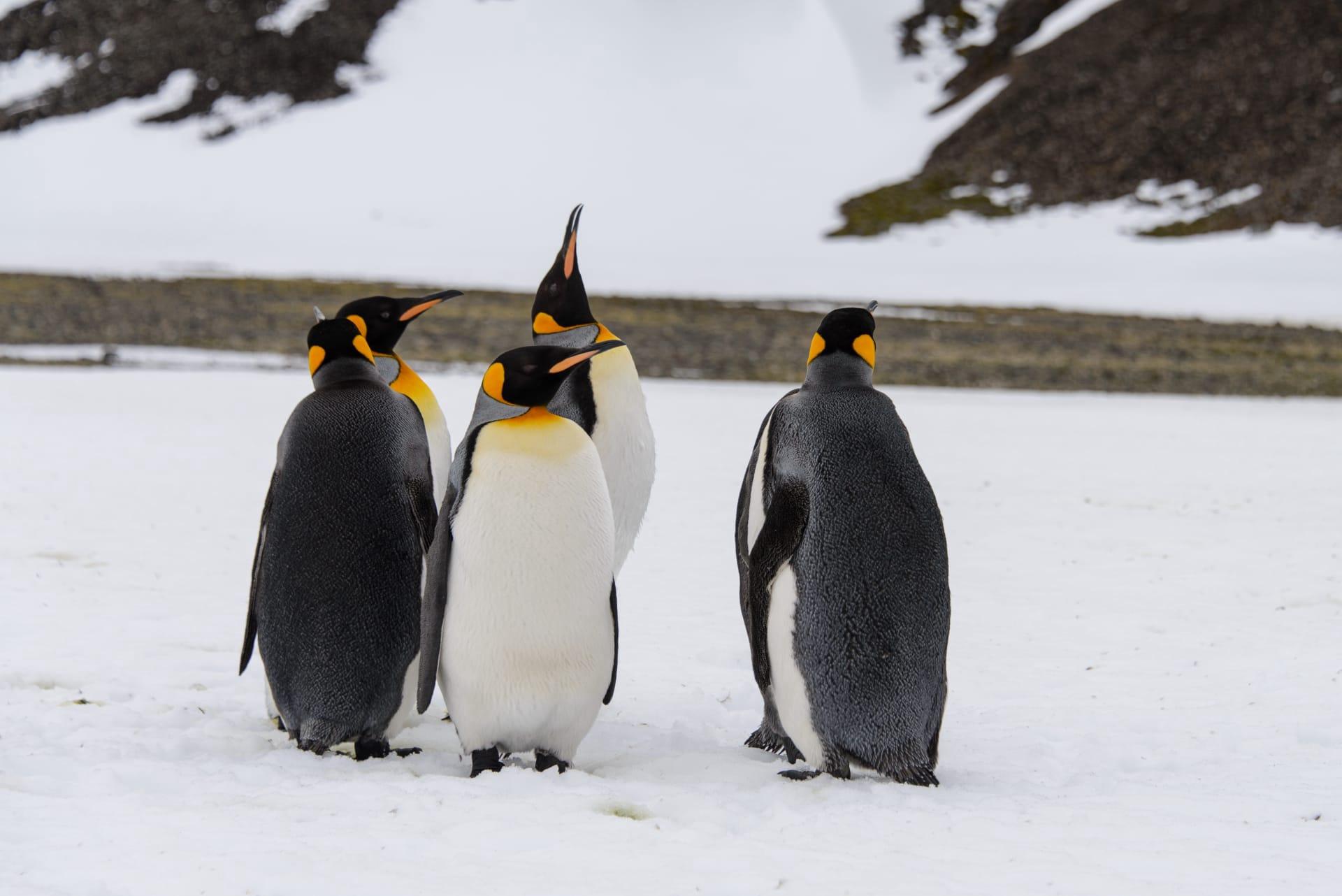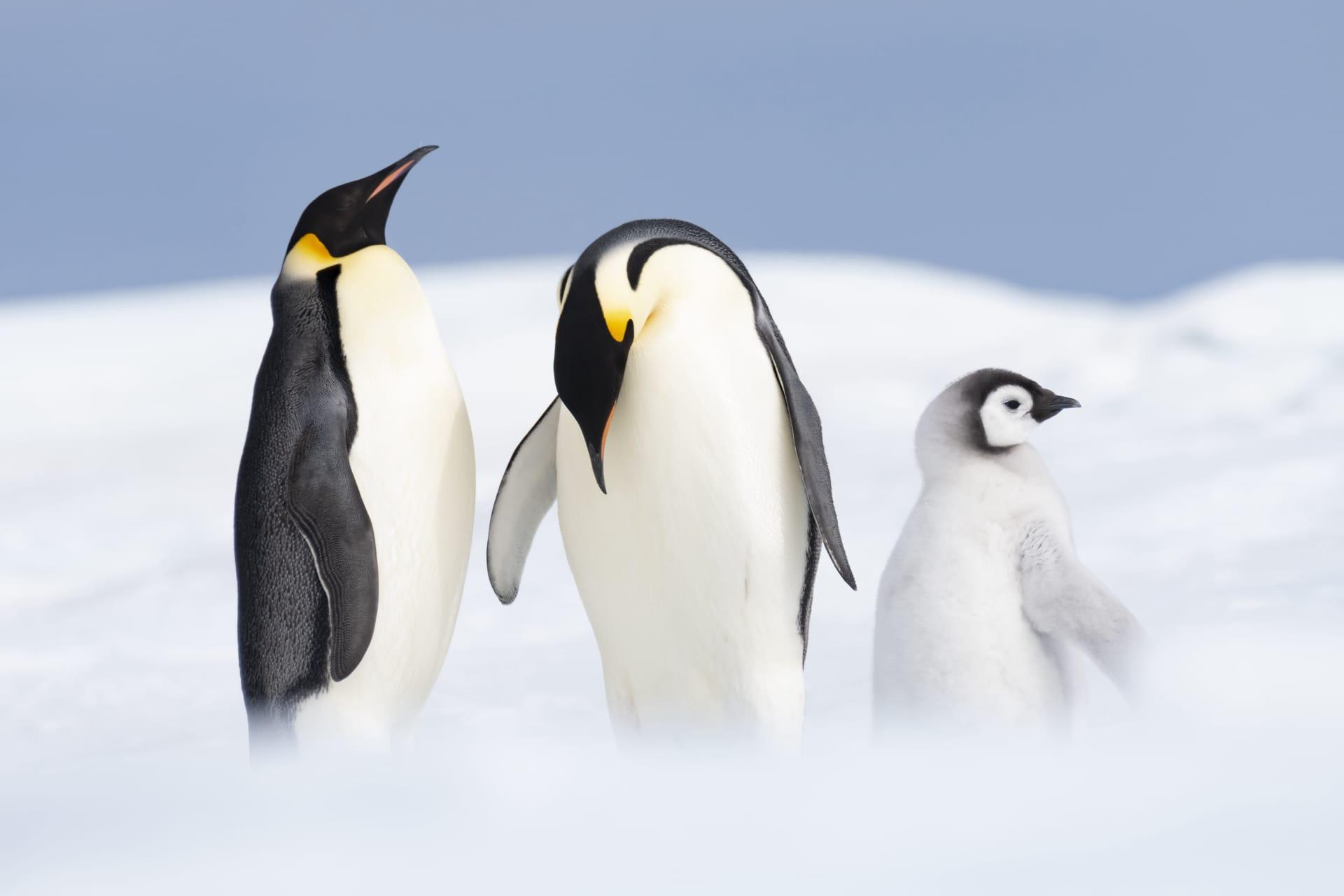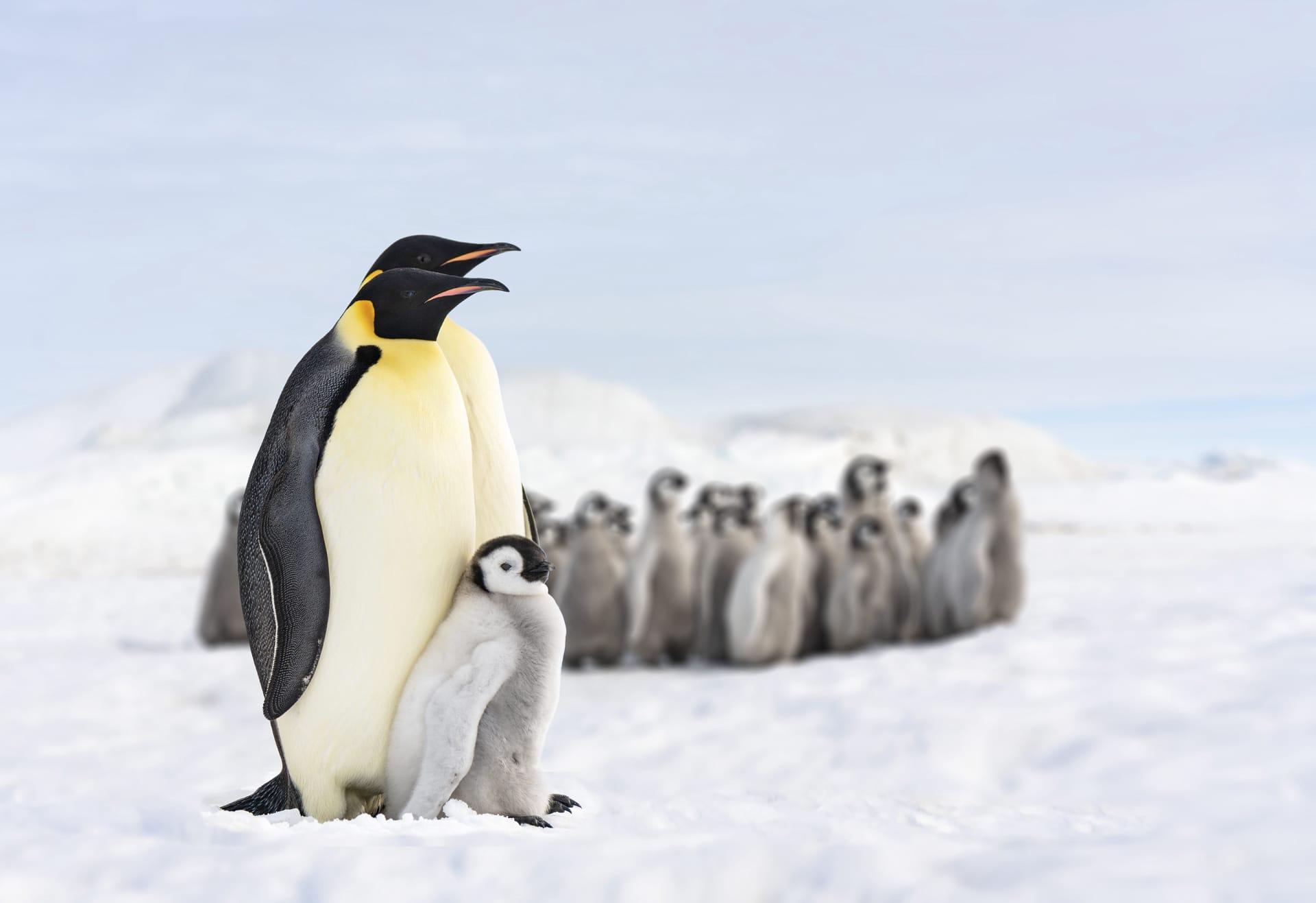Emperor Penguin Trivia
- Home /
- Trivia Question /
- Animal /
- Emperor Penguin Trivia
1
Question: How tall can Emperor Penguins grow, and how much can they weigh?
Answer: Emperor Penguins are the tallest and heaviest of all penguin species. They can reach heights of up to 48 inches, roughly the size of an average six-year-old child, and can weigh between 22 to 45 kilograms. This substantial size helps them conserve heat in their frigid Antarctic habitat.
Question: What is unique about the breeding cycle of Emperor Penguins compared to other penguins?
Answer: Emperor Penguins have a remarkable breeding cycle, uniquely adapted to the harsh Antarctic winter. They are the only penguin species that breed during the Antarctic winter, starting their breeding cycle in March or April. The females lay a single egg, which is then incubated by the males while the females return to the sea to feed. The males balance the egg on their feet, covered with a brood pouch, enduring temperatures as low as -50°C for about 65 days without eating.

2
Question: Is it true that Emperor Penguins can dive deeper than any other bird, and how long can they stay underwater?
Answer: Yes, Emperor Penguins hold the record for the deepest and longest dives among birds. They can dive to depths of over 500 meters (1,640 feet) and stay underwater for up to 22 minutes. These capabilities allow them to reach food sources other predators can't.
Question: Do Emperor Penguins mate for life?
Answer: Contrary to popular belief, Emperor Penguins are not typically monogamous. While they form strong bonds for a single breeding season, they usually choose different partners each year. This is partly due to the difficulty in finding the same partner each season in large colonies and the necessity to optimize genetic diversity.

3
Question: What adaptations do Emperor Penguins have to survive the extreme cold of Antarctica?
Answer: Emperor Penguins have several adaptations for the cold. Their feathers are dense and waterproof, providing insulation. They also have a layer of fat under their skin for extra warmth. In extreme cold, they huddle together, rotating positions to ensure each penguin gets a turn in the warmer, central positions.
Question: How do Emperor Penguins communicate in their large colonies?
Answer: In the noisy environment of large colonies, Emperor Penguins use a complex system of vocal and visual signals to communicate. Each penguin has a distinct call, which allows them to locate their mates and chicks amid thousands of others. They also use body language, such as head and flipper movements, for social interactions.

4
Question: What do Emperor Penguins eat, and how do they catch their prey?
Answer: Emperor Penguins primarily feed on fish, krill, and squid. They are adept swimmers, using their powerful flippers and streamlined bodies to navigate underwater at speeds up to 15 km/h. Their excellent diving ability helps them catch prey deep below the ice.
Question: How do Emperor Penguins keep their eggs and chicks warm in freezing temperatures?
Answer: The male Emperor Penguin keeps the egg warm on top of his feet, under a flap of abdominal skin called a brood pouch. After hatching, chicks stay in this pouch for warmth and protection. The female, upon returning from feeding at sea, also uses the brood pouch to keep the chick warm.

5
Question: What are the main threats to Emperor Penguins' survival?
Answer: Climate change poses the most significant threat to Emperor Penguins. The melting of sea ice affects their habitat and food availability. Overfishing and pollution also impact their survival. Conservation efforts focus on protecting their habitat and understanding the impacts of environmental changes.
Question: Can Emperor Penguins live in both cold and warm climates?
Answer: Emperor Penguins are highly specialized for life in cold climates. They thrive in the Antarctic's extreme cold conditions but would not survive in warm climates. Their physical adaptations, like dense feathers and fat layers, are specifically for conserving heat in freezing temperatures.